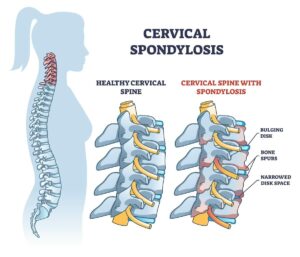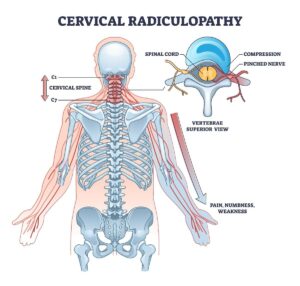Free download: Top 10 Natural & Easy Remedies for Joint Pain from Home. Learn these helpful remedies.
Estimated Reading Time: 7 minutes read
Check your posture right now – are your ears aligned with your shoulders, and are those shoulders in line with your hips? This alignment is not just about looking good; it’s the foundation of good neck health and overall well-being. Poor posture can lead to a range of health issues, particularly affecting the neck. Understanding how to maintain good posture is essential for preventing pain and ensuring your neck remains strong and flexible.
Poor posture is a common problem in today’s digital world, where many of us spend hours hunched over computers and smartphones. This habit can strain neck muscles and lead to significant discomfort. By exploring the causes and symptoms of poor posture, as well as effective exercises and care tips, we can mitigate its impact on our neck health.
Table of Contents
The Causes of Poor Posture
Before diving into the consequences of poor posture, let’s understand its common causes. These include:
- Prolonged sitting: Spending long hours in front of a computer or TV can lead to slouching.
- Smartphone usage: Constantly looking down at your phone strains your neck muscles.
- Incorrect sleeping positions: Sleeping in awkward positions can strain the neck over time.
- Lack of exercise: Weak muscles from insufficient physical activity can’t support proper posture.
- Improper ergonomics: Furniture that doesn’t support your body’s natural alignment can contribute to poor posture.
- Stress: Tension can lead to hunched shoulders and a forward head position.
Understanding these causes is the first step toward making positive changes to your posture and neck health.
Symptoms of Poor Posture
Poor posture doesn’t just affect your neck; it can lead to a domino effect of health issues. Some of the most common symptoms include:
- Neck pain: Strain from incorrect alignment can cause persistent neck pain.
- Headaches: Tension in the neck muscles can lead to tension headaches.
- Shoulder pain: Poor posture often leads to shoulder discomfort and tightness.
- Back pain: Misalignment can affect the entire spine, causing back pain.
- Reduced flexibility: Over time, poor posture can lead to decreased neck and shoulder mobility.
- Fatigue: Incorrect posture puts extra strain on your body, leading to increased tiredness.
Recognizing these symptoms early can help you take action to improve your posture and prevent further health issues.
Stretches and Exercises to Enhance Posture and Neck Health
Before listing specific exercises, it’s crucial to understand the importance of integrating both strengthening and stretching into your routine. These exercises target the muscles affected by poor posture, helping to alleviate pain and improve overall neck health.
A: Stretches
1. Levator Scapulae Stretch
- Begin by sitting upright in a chair.
- Depending on the side of pain, place that hand on the seat. For instance, if your right side aches, use the right hand.
- With your opposite hand, gently grasp the side of your head.
- Apply a gentle pressure to guide your gaze toward the opposite armpit.
- Hold for 30 seconds and repeat three times.

2. Pec Stretch

- Standing in front of your doorway, raise your arms up to shoulder height like a goalpost. The elbows will be bent with the palms facing forward.
- Keeping this position, rest the arms against your doorway.
- Slowly lean forward into a gentle stretch and hold for at least 30 seconds.
- Repeat this stretch for a total of 3 times.
B: Range of Motion Exercises
1. Book Openers

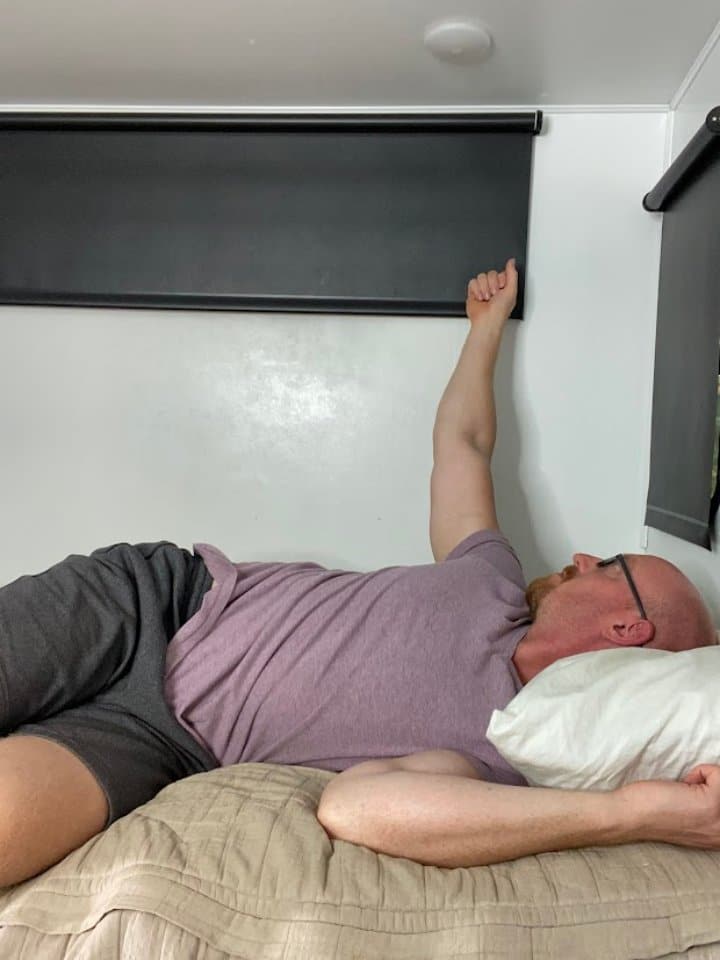
- Begin laying on one side (you can lay on your bed, couch or the floor). Make sure to have pillow support for a neutral neck position. The legs can be relaxed in whatever position is most comfortable.
- Reach the top arm forward, then slowly begin moving it toward the ceiling. Have the head follow this motion.
- Once the arm is pointing towards the ceiling, the rest of the spine should rotate and follow the arm as it continues to move and stretch behind you.
- Only rotate as far as the spine is comfortable with.
- Hold for 5 seconds, then return to your starting position.
- Repeat for 3 repetitions, then perform on the opposite side.
2. Extension Stretch
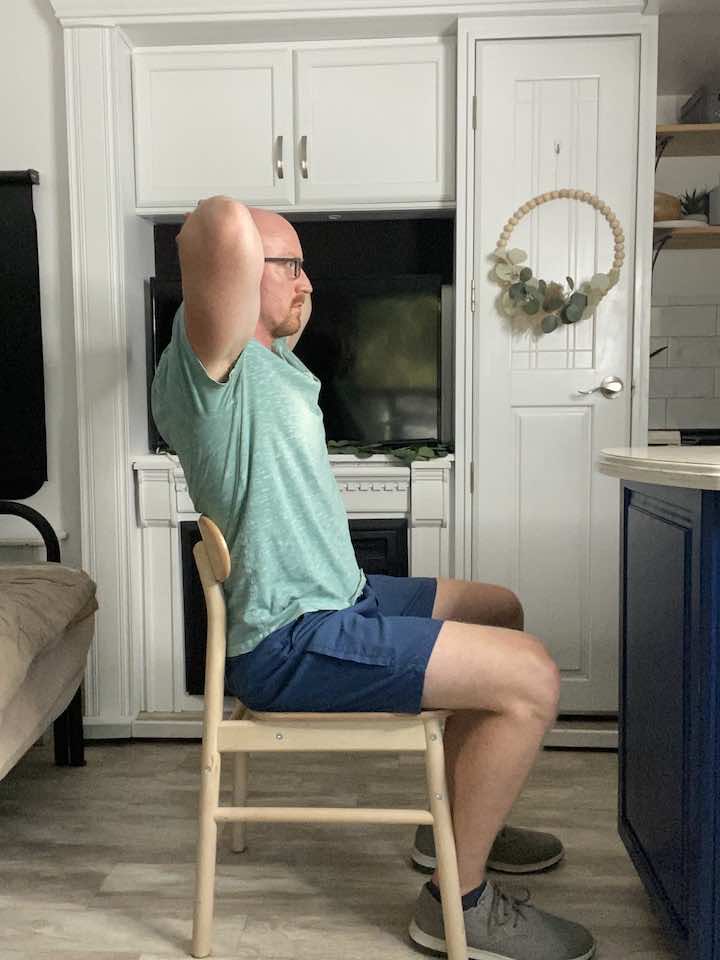

- Starting position: Using a chair with a back, place your hands behind your head to cradle it and your back positioned against the chair back.
- Slowly lean back, extending your back while looking up towards the ceiling. Make sure not to lean to far back so you don’t tip the chair!
- Hold the stretch for up to 5 seconds, then return to your starting position.
- Perform 10 repetitions.
C: Strengthening Exercises
1. Chin Tucks
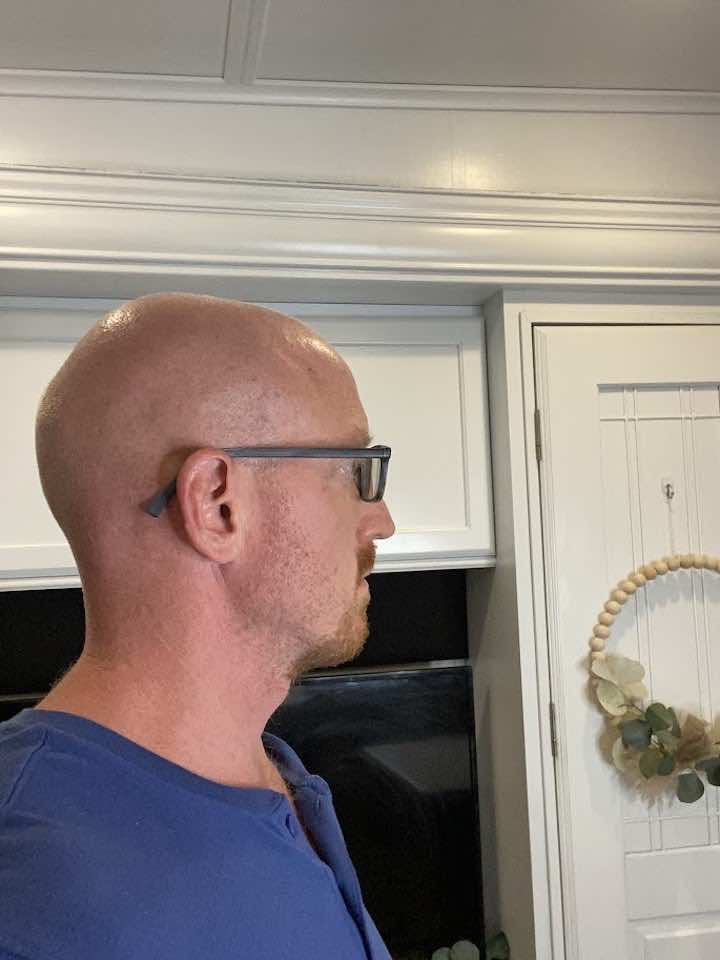

- You can perform a chin tuck laying on your back or sitting or standing.
- Gently tuck the chin directly back as if trying to make a double chin. Avoid nodding your head.
- Hold this position for 2 seconds, then slowly relax your muscles.
- Repeat 10 repetitions.
2. Scapular Retraction
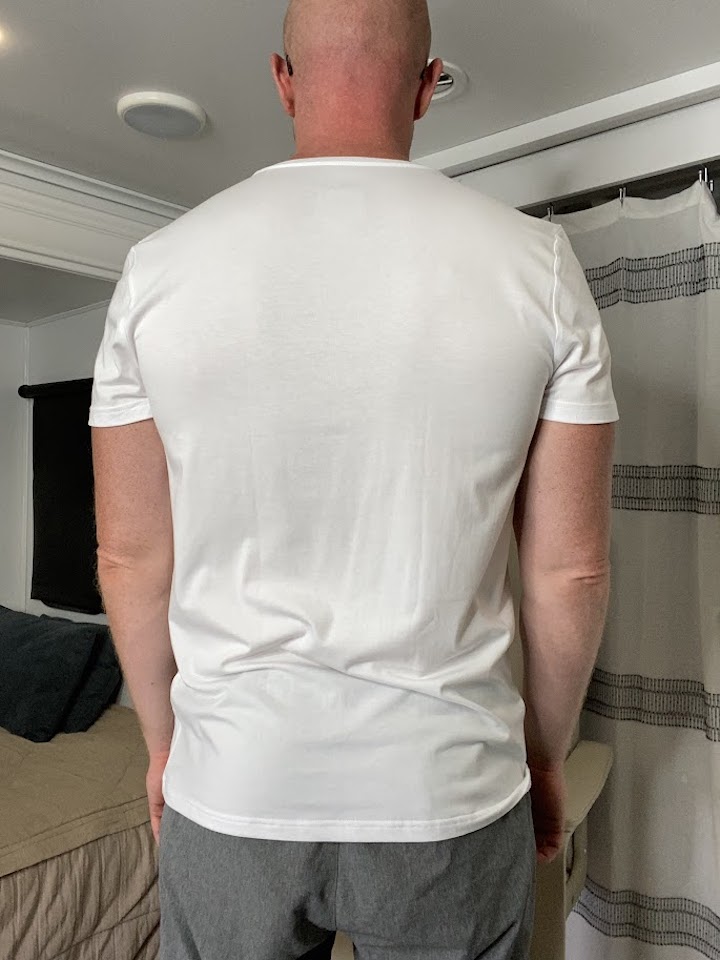
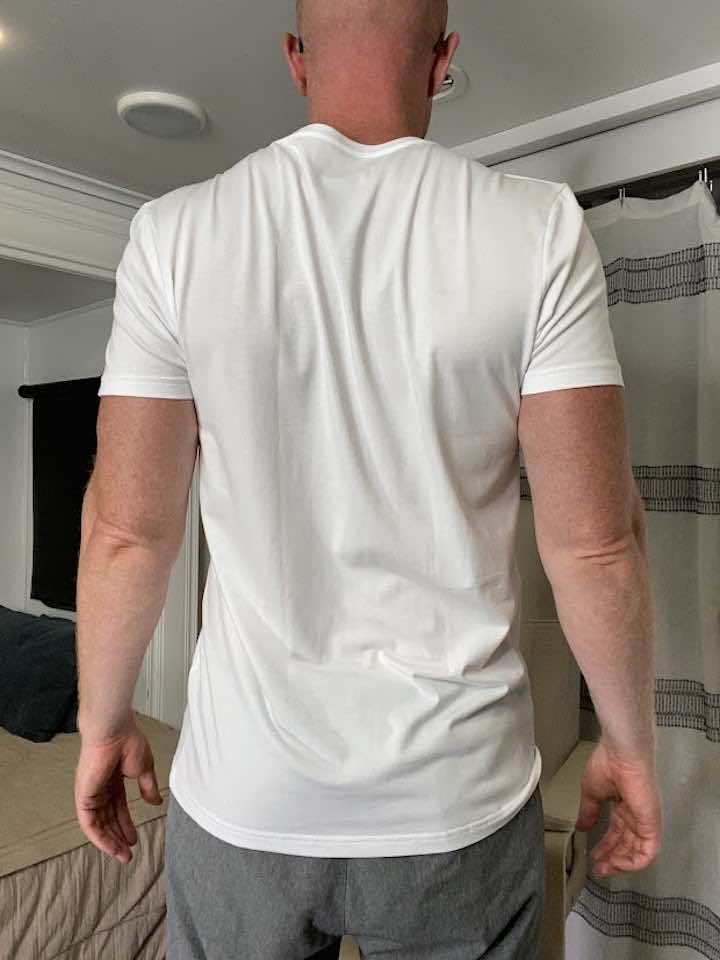
- In a sitting or standing position, try to sit as straight as possible. Aim to position the head in a neutral position as possible.
- Gently pull the shoulders back and squeeze the shoulder blades together.
- Hold for 5 seconds, then relax.
- Repeat 10 repetitions for 3 sets.
3. Rows with Resistance Band
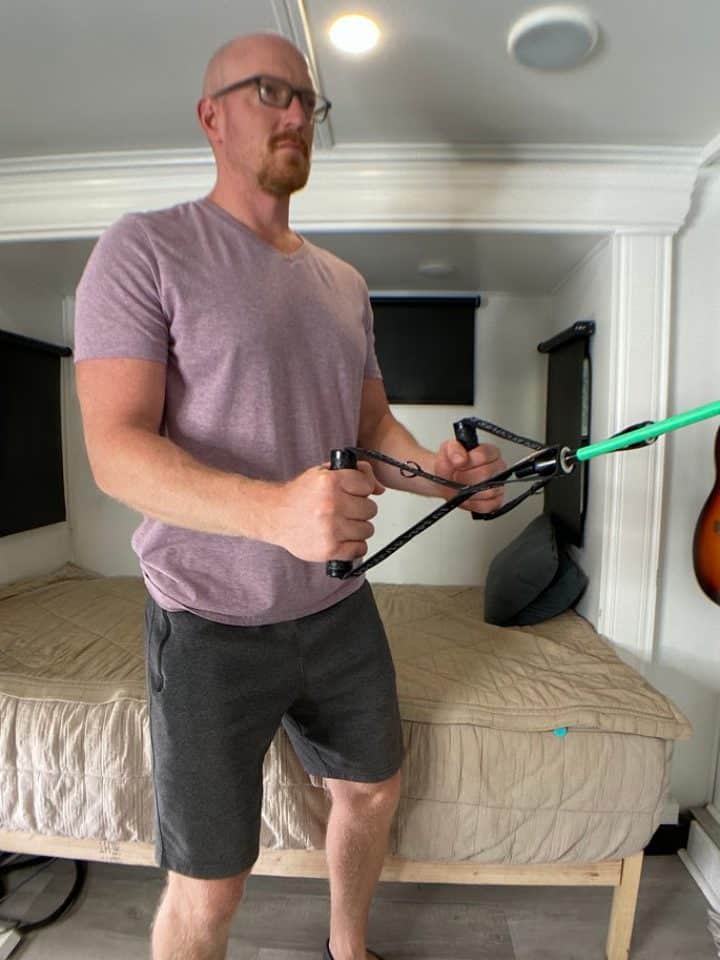
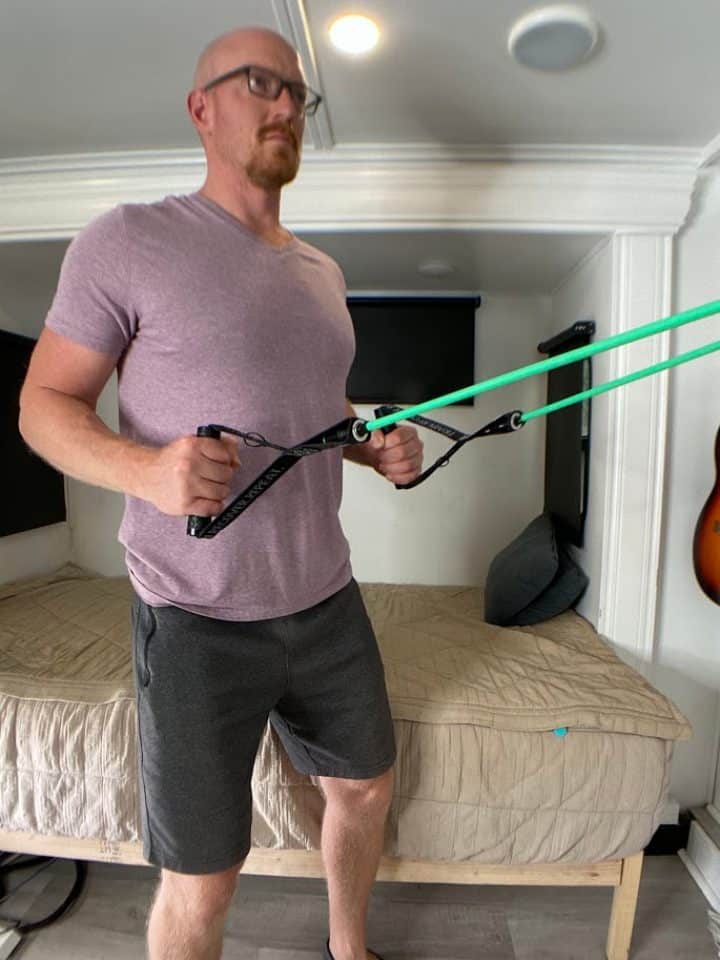
- Hold on to the ends of a resistance band (light, medium or heavy), which you can attach to a door knob.
- Begin with the arms elevated in front of you to shoulder height and the palms facing each other.
- Step back far enough that the resistance bend has a little tension.
- Pull back on the band by bending the elbows and swinging the arms back next to you. Make sure to squeeze the shoulder blades together.
- Hold for 2 seconds, then return to your starting position.
- Repeat 10 repetitions for 3 sets.
4. External Shoulder Rotation with a Resistance Band

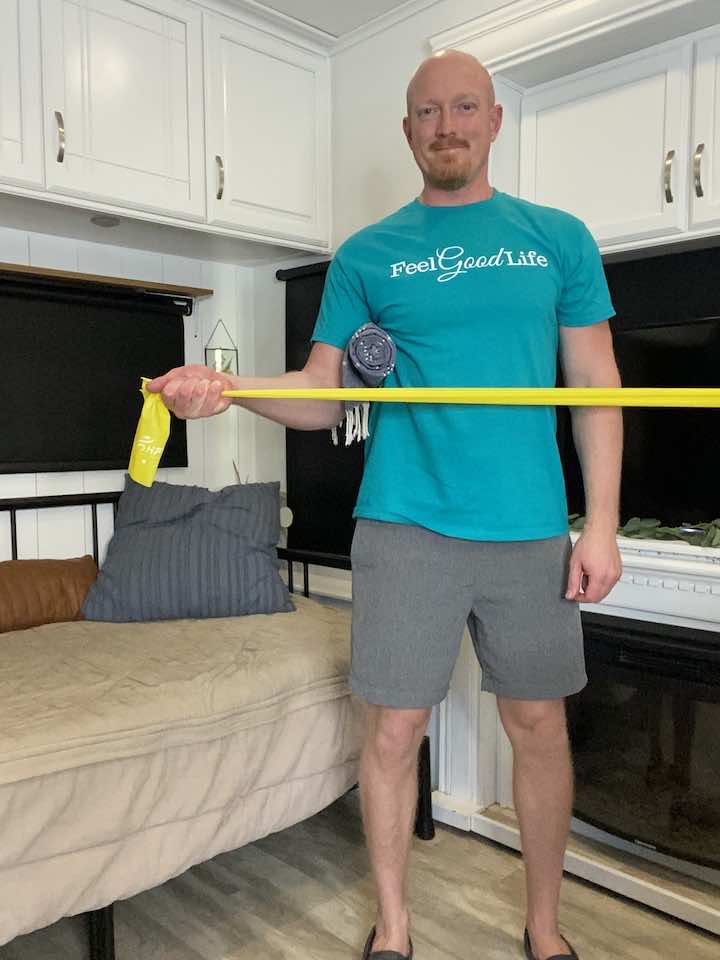
- Attach one end of the resistance band to a secure location, such as a doorknob or post, at the height of your elbow to perform the correct motion.
- Stand facing the band and hold the other end with your hand on the same side, elbow bent at a 90-degree angle and tucked by your side, and palm facing towards your body.
- Keeping an upright posture, slowly pull the band away from your body, rotating your arm outward and away from your torso while maintaining the 90-degree angle of your elbow.
- Hold this position for 2 seconds, then return to your starting position.
- Repeat the movement for 10 repetitions, then switch to the other arm.
- Aim for 3 sets of this exercise.
5. Internal Shoulder Rotation with a Resistance Band
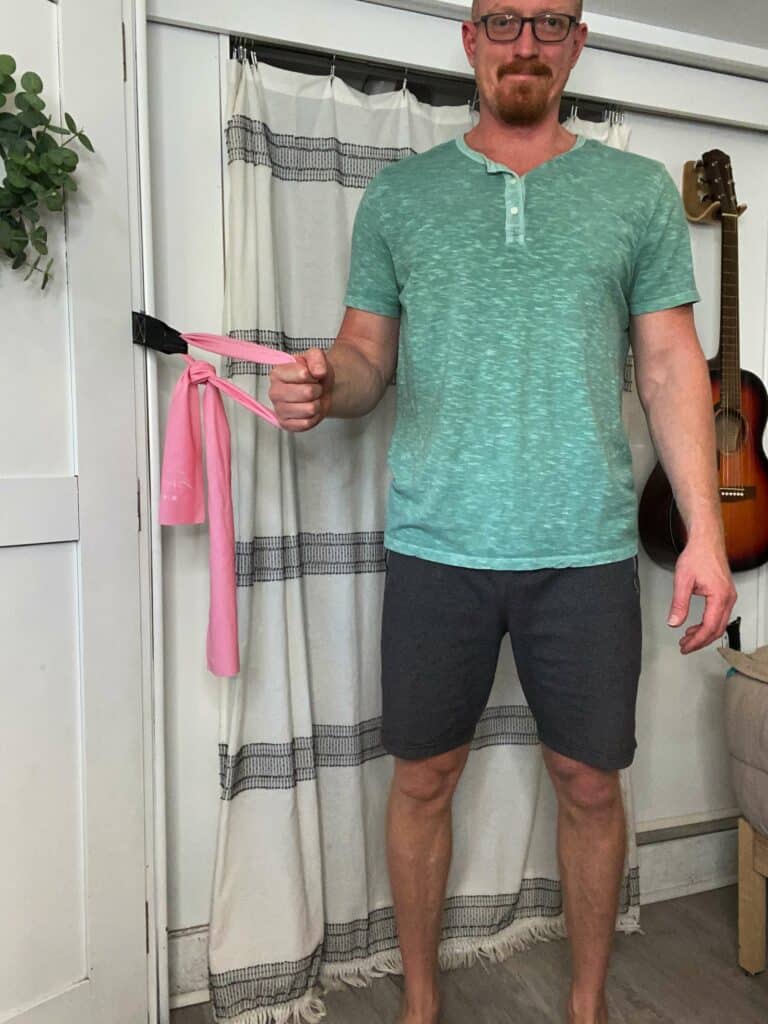
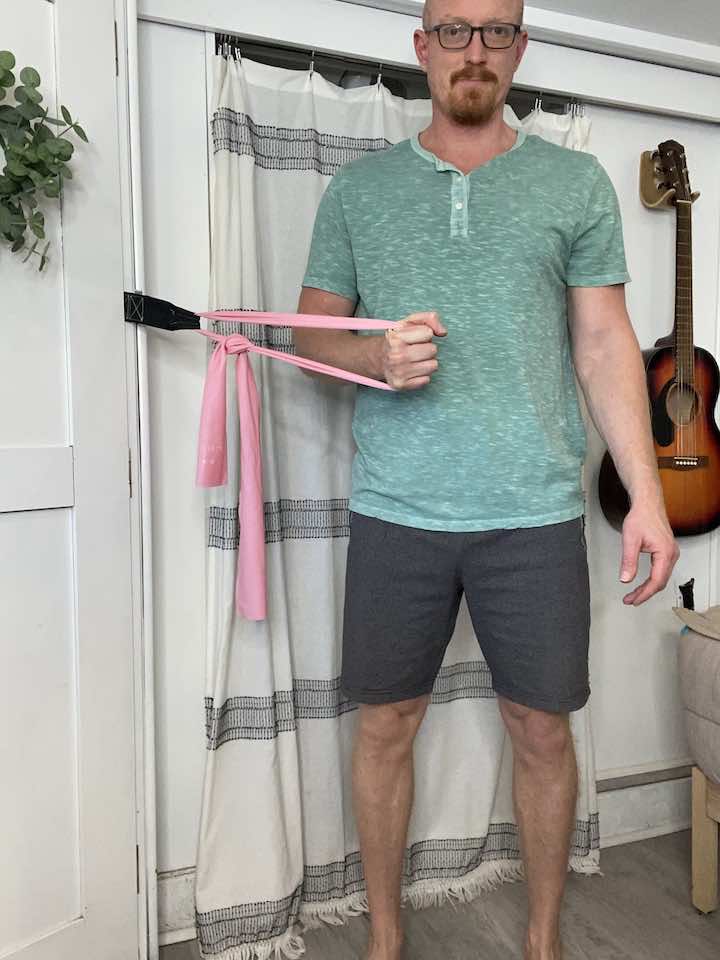
- To perform this exercise, you will need to attach one end of the band to a secure location, such as a doorknob or post, at the height of your elbow to perform the correct motion.
- Keeping an upright posture, slowly pull the band towards your stomach while maintaining the 90-degree angle of your elbow.
- Hold for 2 seconds, then return to your starting position.
- Repeat the movement for 10 repetitions, then switch to the other arm.
- Aim for 3 sets of this exercise.
These exercises, when performed regularly, can significantly improve your posture and reduce the risk of neck pain.
Care Suggestions for Maintaining Good Posture
Adopting simple daily habits can make a significant difference in maintaining good posture and neck health. Here are some care tips:
- Adjust your workspace: Ensure your computer screen is at eye level, and your chair supports your back.
- Take regular breaks: Stand up, stretch, and walk around every 30 minutes to reduce strain.
- Use a proper pillow: Choose a pillow that supports the natural curve of your neck.
- Practice mindfulness: Be aware of your posture throughout the day and make adjustments as needed.
- Incorporate movement into your day: Regular exercise strengthens the muscles that support good posture.
- Manage stress: Engage in activities that reduce stress to prevent muscle tension.
Conclusion
Improving your posture is a journey that requires awareness, commitment, and patience. By understanding the causes and symptoms of poor posture, incorporating targeted exercises into your routine, and following simple care tips, you can significantly improve your neck health. Remember, small changes can lead to big improvements over time.
Maintaining good posture is not just about preventing pain; it’s about enhancing your overall health and quality of life. As you work on strengthening and stretching your muscles, you’ll notice a decrease in discomfort and an increase in energy and mobility. Embrace the journey toward better posture, and enjoy the benefits of a healthier, stronger neck.










